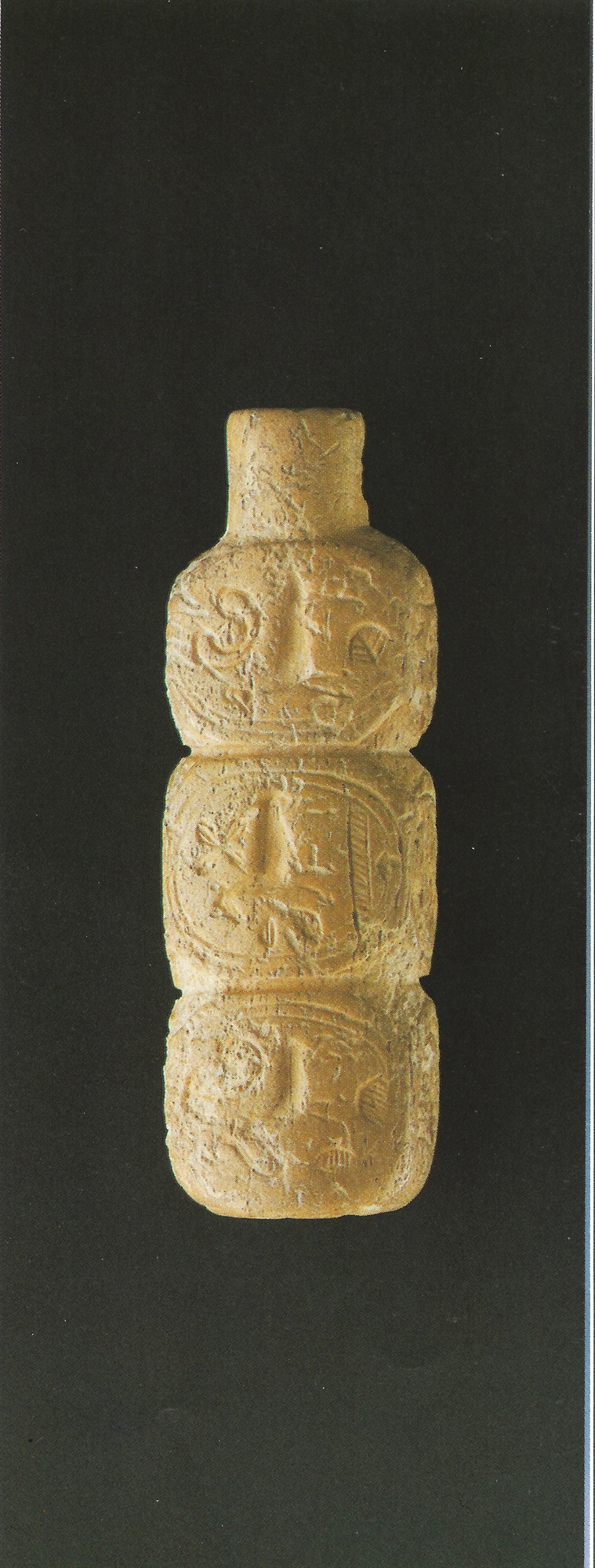
At Zominthos in Psiloritis, where he continued his excavations. Efi Sapuna- Sakellaraki after the death of her husband Yannis Sakellarakis, those who saw her told her that she was running like a wild goat in the mountains of Crete. Last summer, she completed and closed these excavations (under her auspices Archaeological Society) in the Minoan palace, to complete the final publication and many believed that it would be quiet.
But her thoughts were already on the little incision she was about to open, just like she had done last August in Archanes. Exciting considering he returned and opened a new research front in Archanes after 30 years.
The excavated part from the palace of Arkhanas published in two volumes. Therefore, further north, new research began in the palace building in Turkogitonia. “I had questions and I was looking for answers. I suspected that this is where we would find the throne room.” says “K” excavator, which will continue research in July 2023.
In addition, he recalls that the archaeologist Sir Arthur Evans, seeing the walls in the streets of the city, spoke of the “summer palace of Knossos” (the summer palace of Knossos). “On the way,” she continues, “S. Marinatos and N. Platon searched for the palace in different places, but to no avail, and finally, in 1964, it was discovered by Yiannis Sakellarakis, at that time a young curator in Crete. The smart thing he did was to search all the basements of houses in the area. The sponsor was Touring Club of Archana. And there, in the cellar, which we dug out, we found ourselves at the entrance to the palace. These are large excavations that have revealed a multi-storey palace complex with 34 apartments on the ground floor and their upper floors, as well as many other impressive finds.
The building was built of well-hewn hewn stone, paved platforms and columns. The result was an independent building of a religious nature, as evidenced by the number of stone altars. The same complex includes a theater located to the south, an archive with a linear letter A to the west, and the well-known “Arkhan dwelling”.
However, the palace extended below the current city. The excavations had to be stopped in order to expropriate the dilapidated buildings around the main building, as was done with the sponsorship of the Psychas Foundation and a donation to the Greek state.
Archaeologist Efi Sakellaraki returned to the excavations of the Minoan palace after 30 years.
And we have come to 2022, when the tireless archaeologist returned to the northernmost part. “I wanted to finish what we left in the middle, an important place showing destruction by a big fire with many finds,” he notes. Pithos and vessels for carrying spirits, samples of fabrics in pithos, a scarab, etc. He also wanted to see if the building in the center of the village continued on the other side.
Indeed, its continuation has been seen in pottery from the Old Palace period (1900 BC) with barbotine relief ornamentation, as well as in sherds from the Mycenaean period, which testify to continuous use, as well as that the place was broken at different times. Strong walls were found that preserved areas of red and blue mortar, fragments of frescoes, areas with tiled floors, framed by stripes of mortar. As well as small bronze objects such as an impressive agate talisman seal (circa 1600 BC) depicting a fish and a net, etc.
The importance of the area
The combination with the royal cemetery on Fourni Hill, where gold, elephants and other gifts were found, the proximity to the summit sanctuary of Yukhta, as well as to the temple of human sacrifice in the Caves of the Wind, shows the importance of the arkhan for Minoan archeology. , as noted by Efi Sakellaraki.
The discovery of human sacrifice at Anemospilia in 1979 by Yiannis Sakellarakis, who spoke openly about human sacrifice in the Minoan era, spawned adventure. In the first announcement, made to the Archaeological Society in 1980, part of the scientific community could not accept the find: a victim in a fetal position, on an altar, with a knife stuck in the neck.
“37 centuries ago, at a time when Crete was shaking with wild earthquakes, a Minoan priest tried to banish a great catastrophe with a rare act of desperation. To the deity of the temple on the hillside, he made the greatest sacrifice: human life. The victim and the perpetrator were simultaneously buried by an earthquake that destroyed the sanctuary,” Yannis Sakellarakis later wrote.
The interpretation of the excavator has been accepted and highly acclaimed by the international scientific community at the Institute of Fine Arts at New York University. In 1981, the National Geographic publication made the find world-famous. But in Greece, the “judgment” of critics hardened the couple. They lost the university places they were fighting for, but decided that they were not interested in the place, but in the truth.

Source: Kathimerini
Ashley Bailey is a talented author and journalist known for her writing on trending topics. Currently working at 247 news reel, she brings readers fresh perspectives on current issues. With her well-researched and thought-provoking articles, she captures the zeitgeist and stays ahead of the latest trends. Ashley’s writing is a must-read for anyone interested in staying up-to-date with the latest developments.